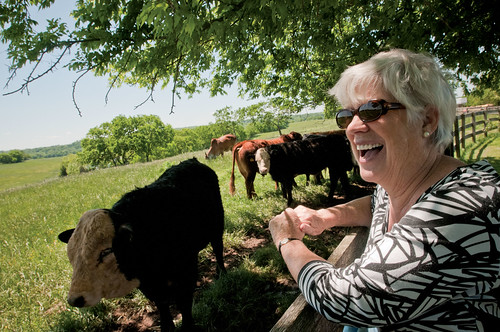
Today, March 8th, is International Women’s Day. What better day to recognize the incredible achievements of women in agriculture?
Women have always played a key role on the farm or ranch. Traditionally, women often kept the books and ensured the solvency of the business while men ran the day-to-day production operation.
That is still the case in many households, but these days, we are seeing more and more women take a lead role in farm operations as well. In 2007 – the year of USDA’s most recent agricultural census – some 30 percent of farm operators in the U.S. were women. That’s a 19 percent increase over the 2002 census.
Fourteen percent of U.S. farms listed women as the principal operator in 2007, meaning that women made the day-to-day decisions on the farm. (Women listed as farm operators, rather than principal operators, likely run the farm along with a partner or spouse). That’s a 24 percent increase over 2002.
Individual states are showing even more involvement of women in farming. Arizona and New Hampshire have the greatest number of farms whose principal operator is a woman; one out of three New Hampshire farms is run by a woman, more than twice the national average.
We know that American agriculture is constantly innovating to meet new demands. Women are part of a new wave of innovation in the industry. Women-operated farms tend to be very diverse, producing more vegetables, fruit and nuts, horticultural crops, poultry and sheep or goats than male-operated farms. They are also smaller on average, suggesting that they may engage in more direct-to-consumer sales or sell to local grocers, restaurants, or institutions. These strategies require new, creative business models and innovative production methods. And women are leading the way.
As a historically disadvantaged group, women face unique challenges entering agriculture. I’m proud of USDA’s efforts to meet the needs of women farmers through training and business planning programs, mentorship opportunities, support for value-added product development, and our efforts to build strong local food systems through USDA’s Know Your Farmer, Know Your Food initiative. You can learn more about USDA’s support for women in agriculture by searching for projects on the KYF Compass Map using the search term “women.”
Today, let’s all take some time to thank women for their hard work on farms, ranches and in rural communities. They are contributing to the diverse leadership, diverse products and diverse market opportunities that will keep American agriculture strong and thriving long into the future.
